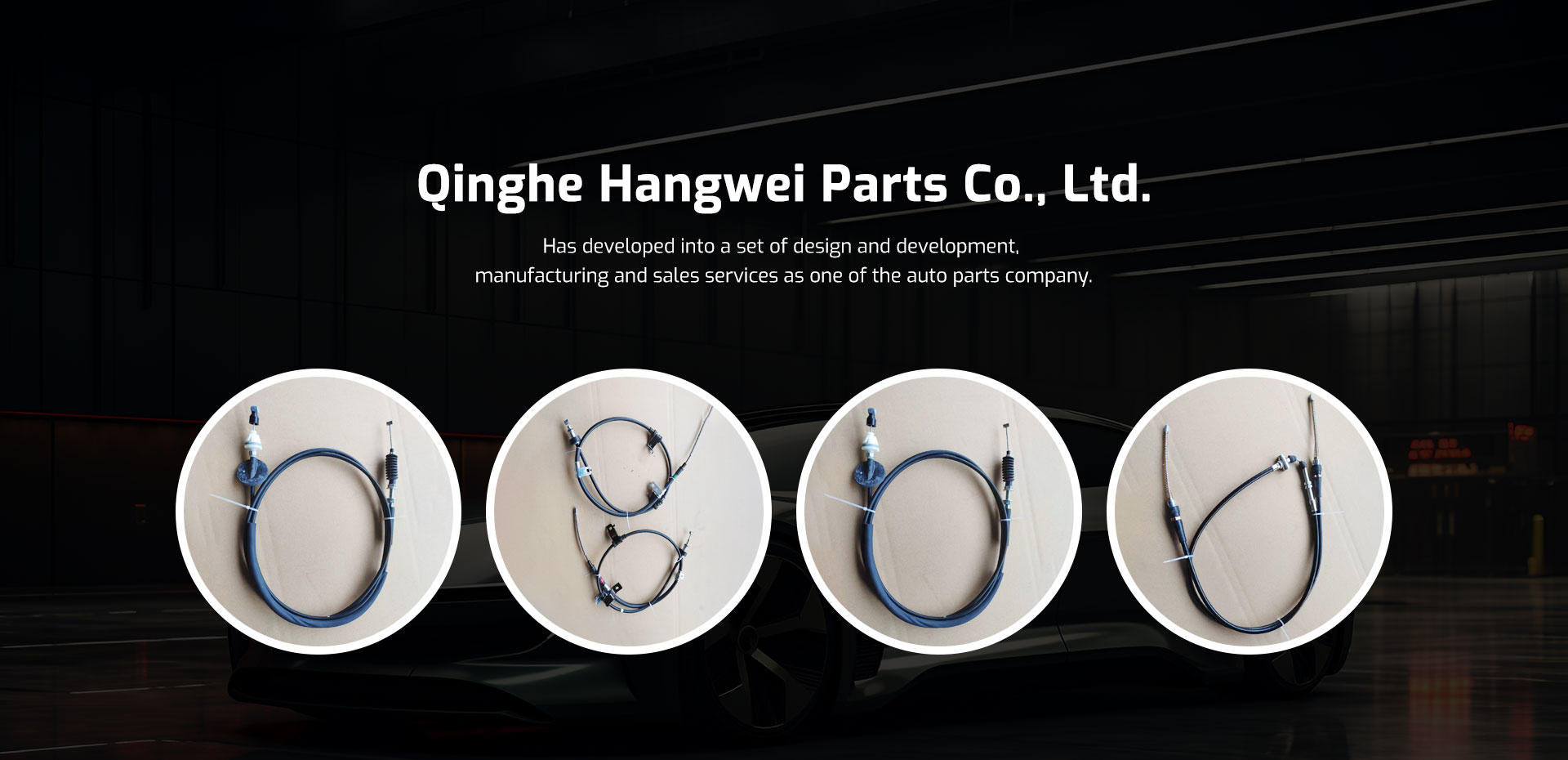Understanding the Importance of Emergency Brake Cable Functionality and Maintenance
Understanding E-Brake Cables Importance, Functionality, and Maintenance
When it comes to vehicle safety and functionality, the emergency brake, commonly referred to as the e-brake, plays a crucial role. One of the key components of an e-brake system is the e-brake cable. This article will delve into the importance of e-brake cables, their functionality, and tips for maintenance, ensuring that drivers understand this vital part of their vehicle.
The Importance of E-Brake Cables
E-brake cables serve a significant function in the overall braking system of a vehicle. Unlike the primary braking system that operates through hydraulic pressure, the e-brake is mechanically activated. In emergency situations or when parking, the e-brake provides an additional layer of security by temporarily holding the vehicle in place. It is especially essential for manual transmission vehicles where the risk of rolling backwards on inclines is prevalent.
The e-brake cable is a critical component in this system, connecting the lever or pedal inside the car to the brake calipers or drums at the wheels. If the cable is damaged or malfunctioning, the entire e-brake system becomes ineffective, making it vital for drivers to maintain and understand the function of their e-brake cables.
How E-Brake Cables Function
The operation of e-brake cables is relatively straightforward yet remarkably effective. When the driver pulls the e-brake lever or presses the pedal, it pulls on the cable, which is typically made of a flexible yet durable steel wire sheathed in protective plastic. This cable runs from the lever or pedal to the rear brake assembly.
As the cable is pulled, it tightens and activates the braking mechanism at the wheels, either by engaging brake shoes in drum brakes or pressing brake pads against the rotor in disc brakes. This mechanical linkage creates the necessary friction to hold the vehicle stationary, even on steep slopes.
In most modern vehicles, e-brake cables are designed with adjustability in mind, allowing for minor tension adjustments to ensure optimal performance. However, over time, wear and tear can occur, which can lead to reduced efficacy or even total failure of the system if not addressed.
Signs That E-Brake Cables Need Maintenance
e brake cable

There are several signs that indicate e-brake cables may need inspection or replacement. One of the most obvious signs is if the e-brake lever feels loose or requires an excessive amount of travel to engage the brakes fully. Additionally, if the vehicle rolls when the e-brake is applied, it is crucial to have the system inspected immediately.
Other indicators include visible fraying or damage to the cable itself, rust or corrosion on the cable housing, or unusual noises when the e-brake is engaged. Regularly checking your vehicle's e-brake system can prevent potential issues before they escalate, ensuring safety on the road.
Maintenance Tips
Maintaining e-brake cables is a straightforward task that can vastly improve your vehicle's safety and reliability. Here are a few tips to ensure your e-brake cables remain in good condition
1. Regular Inspections Periodically check the cables for signs of wear, fraying, or rust. Look for any kinks, bends, or damage that could affect performance.
2. Clean and Lubricate Keeping the cable clean and lubricated can prevent rust and corrosion, which contribute to its deterioration. Use appropriate lubricants designed for automotive use to maintain smooth functionality.
3. Adjustment If you notice the e-brake is not engaging properly, it might need adjustment. Consult your vehicle’s manual for specific adjustment procedures, or consider taking it to a professional mechanic.
4. Replacement If the cables are excessively worn or damaged, it is crucial to replace them. Choosing high-quality replacement cables can ensure durability and functionality for the future.
Conclusion
E-brake cables are a vital component of a vehicle’s safety system, providing essential functionality that helps prevent accidents. Understanding how they work, knowing the signs of wear, and learning how to maintain them can enhance safety for you and others on the road. Regular inspections and timely maintenance can ensure that your e-brake system functions properly, giving you confidence in your vehicle's ability to stay secure, especially in emergency situations. Always remember, a well-maintained e-brake can be the difference between safety and a potential mishap.
-
Workings of Clutch Pipe and Hose SystemsNewsJun.04,2025
-
The Inner Workings of Hand Brake Cable SystemsNewsJun.04,2025
-
The Secrets of Throttle and Accelerator CablesNewsJun.04,2025
-
The Hidden Lifeline of Your Transmission Gear Shift CablesNewsJun.04,2025
-
Demystifying Gear Cables and Shift LinkagesNewsJun.04,2025
-
Decoding Clutch Line Systems A Comprehensive GuideNewsJun.04,2025
